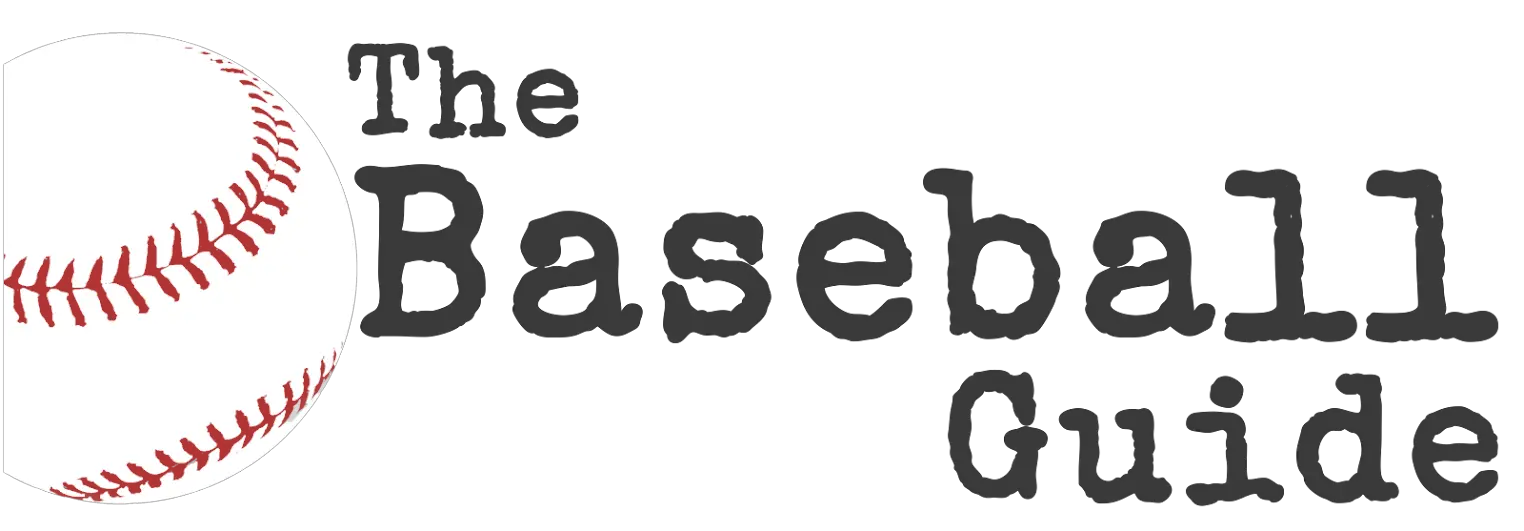In the ever-evolving world of sports, it’s crucial to stay updated with the latest rules and regulations. College baseball is no exception. Recently, the NCAA introduced several new Pitch Clock Rules designed to enhance the pace of play while balancing fairness and practicality. This article outlines these rules in detail, providing insights into how they impact the game and what players, coaches, and umpires need to know to ensure smooth gameplay. Let’s delve into the specifics of these new Pitch Timer rules in NCAA’s college baseball.
Latest NCAA Pitch Clock Rules
In the latest development, the NCAA has released an updated document titled “NCAA BASEBALL CLOCK OPERATION GUIDE UPDATED JANUARY 2023”. This document introduces the 20-Second Action Clock & 120-Second Between Innings Limits, bringing significant changes to the pitch clock rules. The new set of guidelines aims to speed up the pace of the game and ensure a more dynamic and engaging experience for both players and spectators.
The NCAA Pitch Clock Rules aim to regulate the pace of play in college baseball, ensuring a timely and efficient flow of the game. Here’s a breakdown to make it easy to understand:
20-Second Action Clock Limit:
When the Clock Starts:
First pitch of each half-inning OR After “Time” is called OR Ball becomes “dead”:
The pitcher engages the pitcher’s plate while holding the ball, the catcher positions themselves in the catcher’s box, and the batter takes their place in the batter’s box. The time limit begins when the plate umpire signals “Play”. These guidelines ensure that the game progresses smoothly and everyone knows their roles.
First pitch of any subsequent at-bat:
The pitcher has possession of the ball and stands within the circle surrounding the pitcher’s rubber. The catcher positions themselves in the catcher’s box, ready to receive pitches. The batter takes their place in the batter’s box, preparing to swing at the incoming pitches. Once the plate umpire signals “Play,” the time limit starts, and the game is officially underway.
After each pitch during an at-bat (following the first pitch) when ball remains alive and batter remains at bat:
The pitcher has possession of the ball in the circle surrounding the pitcher’s plate. The catcher, on the other hand, is positioned in the catcher’s box. It is important to note that the time limit starts when the pitcher receives the ball and is on the mound.
Clock Stoppage:
Clock stops when the pitcher begins the windup or delivery motion, makes a pickoff attempt, steps off the pitcher’s plate to get a new sign or feint a pickoff attempt (allowed once per at-bat), or when the catcher leaves the box to give signals (allowed once per at-bat). Umpire calls “time” also stops the clock.
120-Second Between Innings Limit:
The 120-second between innings limit, or two-minute rule, is designed to keep the game moving at a brisk pace. This rule stipulates that there should be no more than a two-minute (120 seconds) break between half innings, to reduce downtime and maintain player and audience engagement.
Starts: When all defensive players start to leave their positions after the last out, they should do so promptly to maintain the flow of the game and prepare for the next half-inning.
Stops: When the umpire signals “Play” for the first pitch of the next half-inning, the defensive players should be in their respective positions, ready to resume the game.
Cue for Umpires: In the absence of a visible clock, the base umpire should provide cues at 30 seconds and 15 seconds to ensure that the game progresses smoothly and without unnecessary delays.
First Inning and Relief Pitchers: The clock starts as usual, but in the first inning and for relief pitchers, there is an allowance for 8 warmup pitches without any penalty if the time limit expires. This allows pitchers to adequately prepare without compromising the pace of the game.
Catcher as Third Out: If the catcher is the third out, it is important for someone to be ready to warm up the pitcher immediately. This ensures a seamless transition and minimizes any potential delay.
P/DH as Third Out: The time limit starts as usual when the P/DH (Pitcher/Dual Hitter) is the third out, but they should be allowed to retrieve their glove without penalizing the defense. This balances the need for efficiency while considering the practicalities of the game.
Use Common Sense: While enforcing the rule, it is crucial to consider the practical aspects of the game. This allows for flexibility when necessary, ensuring a fair and enjoyable experience for all participants.
Many Players & Coaches Don’t Like the New College Baseball Clock Rules
David Kevin Van Horn, the current head baseball coach of the Arkansas Razorbacks, recently shared his thoughts on the impact of new baseball rules. As an American baseball coach and former infielder, Van Horn brings a wealth of experience and perspective to the discussion.
In a recent interview, Van Horn expressed his concerns about certain rule changes, stating, “It’s ruining the game.” He specifically pointed out that the presence of a runner on base eliminates the opportunity for implementing different defensive coverages or making strategic changes during an at-bat, as there is no time for adjustments. According to Van Horn, these changes have altered the dynamics of the game, making it feel different from the traditional style of play.
Van Horn’s comment highlights the ongoing debate surrounding baseball’s evolving rules and their impact on the sport. While some argue that these changes are necessary to improve the game, others, like Van Horn, believe that they take away from the essence and strategy of baseball as we know it.
As the baseball community continues to adapt to these new rules, it is crucial to consider the perspectives of coaches, players, and fans like Van Horn, who share a deep passion for the game and its traditions. Their insights shed light on the ongoing evolution of baseball and the importance of finding a balance between tradition and innovation.
